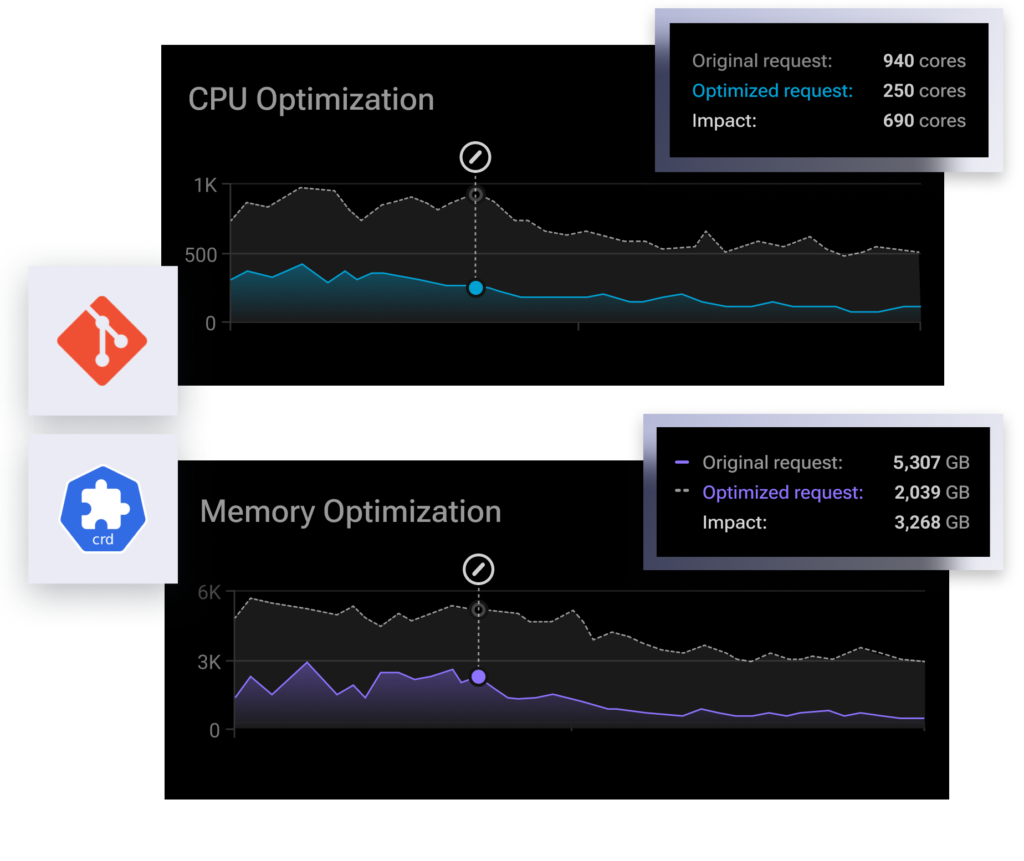DoiT Acquires PerfectScale to Manage Kubernetes Platforms
DoiT this week revealed it has acquired PerfectScale to add an ability to govern and optimize deployments of Kubernetes environments.
Jake Kaldenbaugh, vice president of corporate development and investments for DoiT, said the PerfectScale software-as-a-service (SaaS) platform complements the existing FinOps platform, dubbed DoiT Cloud Intelligence, the company already provides to optimize cloud computing deployments.
The acquisition sets the stage for increased convergence of FinOps and IT management best practices, he added.
Additionally, DoiT plans to increase the range of offerings it provides with both organic extensions to existing platforms and additional acquisitions, with areas such as cybersecurity and platform for reducing the level of data sprawl that organizations need to manage to be of interest, said Kaldenbaugh.
PerfectScale today provides InfraFit and PodFit services that integrate with ClusterAutoscaler, an application programming interface (API) that automatically adjusts the size of a Kubernetes cluster, and Karpenter, an open-source tool that automatically scales Kubernetes nodes to ensure maximum cost-efficiencies. Most of DoiT’s focus has been on cloud computing platforms, but the acquisition of PerfectScale also creates an opportunity to extend the reach of the DoiT portfolio into on-premises IT environments depending on customer demand, noted Kaldenbaugh.
Now that more than 60,000 organizations have deployed Kubernetes clusters, it’s only a matter of time before they need to augment the often-limited expertise of their internal teams with platforms that automate the management of IT workflows across a fleet of Kubernetes clusters, noted Kaldenbaugh.
In general, Kubernetes costs are spiraling out of control in many organizations as more cloud-native applications are deployed. As the number of clusters increases, IT teams are discovering that cloud-native applications tend to scale up in ways that are often challenging to predict, resulting in increased CPU and memory consumption.
As a result, many organizations will simply over-provision infrastructure resources that, over the course of a year, may wind up sitting idle.
Given the overall uncertainty of the economy, IT teams are understandably under more pressure than ever to optimize the consumption of infrastructure, especially in cloud computing environments where bills are generated monthly.
There’s clearly a lot more sensitivity to Kubernetes costs during uncertain economic times and no finance team likes to be surprised by unexpected bills.
It’s not clear whether IT teams will eventually depend more on machine learning algorithms and other forms of AI to manage cloud-native application environments. The one certain thing is that as the number of Kubernetes clusters deployed continues to increase, the level of expertise needed to manage and optimize those environments increases exponentially. The only thing left to determine going forward is how heavily IT teams might be able to reduce the level of cognitive load currently required of them to succeed.
Advances in artificial intelligence (AI) will undoubtedly make it easier to achieve that goal, but the issue as always is finding a way to deploy the most amount of software possible on the least amount of IT infrastructure required.



